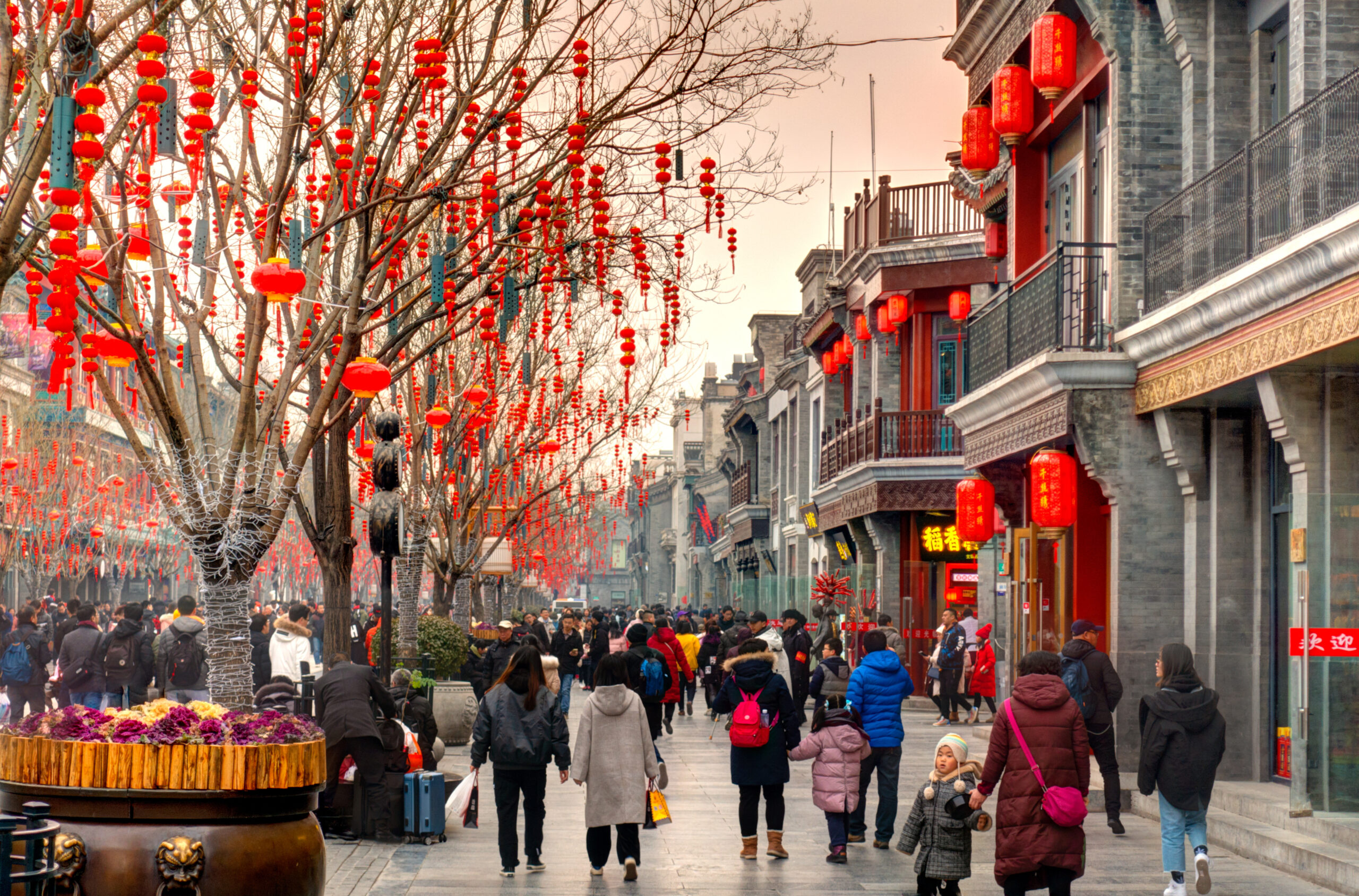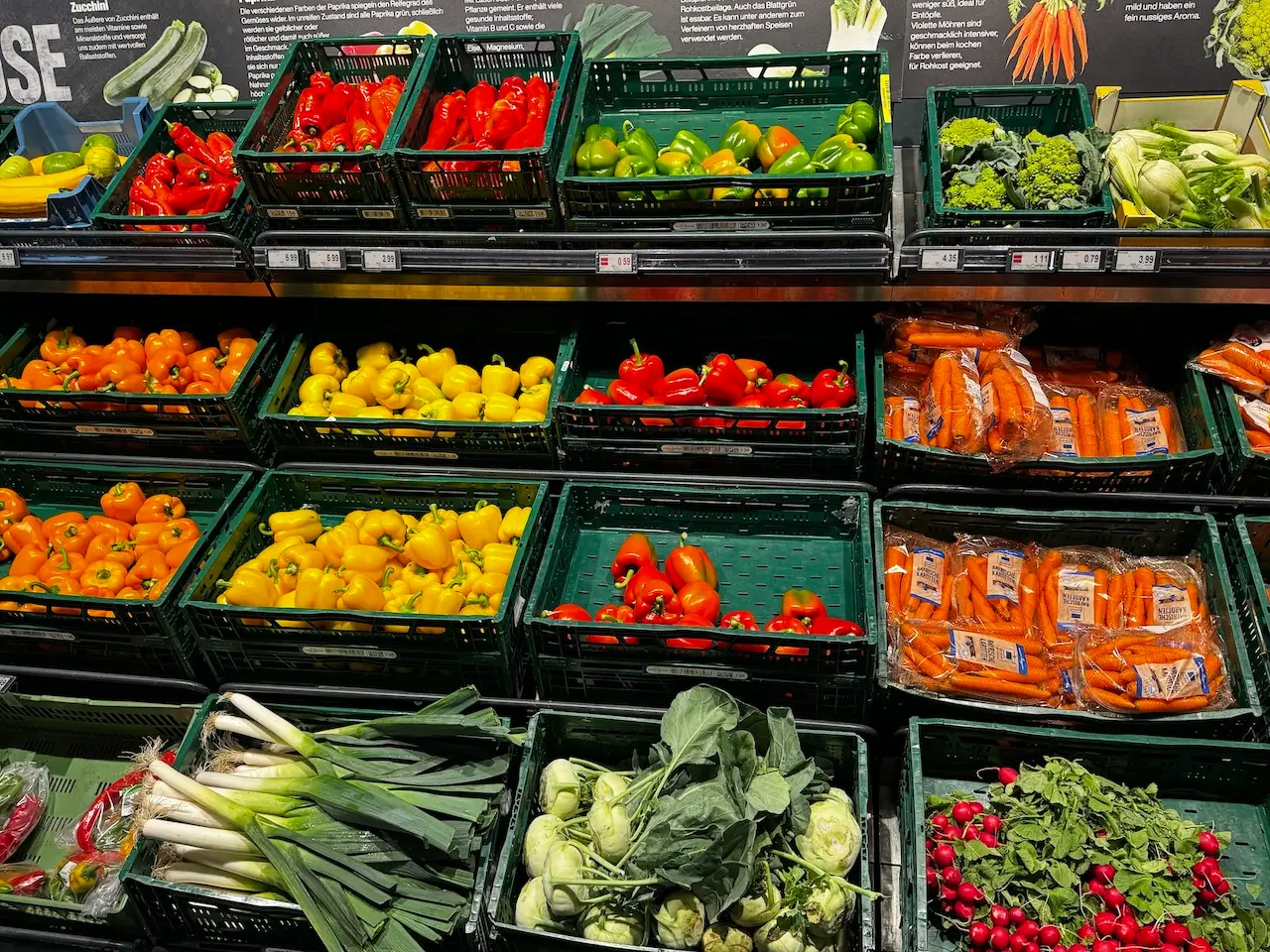Will the Chinese economy improve after Chinese New Year?
As a Chinese person living overseas, Chinese New Year provides a wonderful opportunity to reconnect with old friends and acquaintances.
Two days before Chinese New Year’s Eve, I had already started receiving messages filled with well wishes for the new year. These messages mostly came through WeChat, China’s dominant social media app. Social media, especially WeChat, plays such a prominent role in daily life in China that people primarily communicate through it. A regular phone call is considered appropriate only for urgent matters or formal occasions. I also sent out my own messages before and during the holiday to friends in China. I don’t frequently write or talk to them, but we still share an emotional bond. Life is busy and time for oneself or for friends is limited after work, but a quick and nice New Year’s greeting serves as a quick check-in, a small yet meaningful gesture that reinforces our connection during this important festival.
Interestingly, I noticed a new trend this year. On February 5 (the eighth day of the first lunar month), I once again received messages from friends in China, this time with the phrase “开工大吉“—which translates to “Wishing you a prosperous start as you return to work!” I don’t recall receiving such messages last year, but I believe this reflects what people truly wish for one another: a smooth work life and, and in a broader sense, a smooth year of improved economic conditions, as job prospects are closely linked to the economy.
Chinese New Year Spending: A Key Economic Indicator
As always, I was eager to see the official statistics on consumer spending during the eight-day Spring Festival holiday (January 28 to February 4). These figures, released annually on the first working day after the holiday, are widely regarded as a key economic indicator.
On February 5, China’s Ministry of Culture and Tourism reported record-breaking domestic tourism spending during the holiday:
- 501 million domestic tourist trips were made, a 5.9% increase year-on-year.
- Tourist spending reached 677 billion yuan (USD 92.88 billion), up 7% from the previous year.
According to the National Immigration Administration, 14.37 million cross-border trips were recorded during the holiday, a 6.3% increase from the previous year, including 958,000 trips made by foreigners.
These statistics suggest that government measures to boost household income, stimulate consumption, and most importantly, restore consumer confidence are yielding some results. Chinese New Year is the most significant holiday in China, a time when people are willing to spend generously on gifts for family members, festive meals, and personal treats as a reward for a year of hard work. Expanding consumption in the culture and tourism sectors plays a crucial role in supporting China’s “internal circulation” economic strategy.
Chinese New Year in the German Media
Chinese New Year may be the largest New Year celebration in the world, and this year, German mainstream media covered it as well. However, I found it disappointing that such reports only appeared on January 29 (the first day of the lunar year), when the most important celebration took place on January 28 (Chinese New Year’s Eve). The Tagesschau evening news even used a low-resolution lion dance photo as a backdrop—neither clear nor well-chosen.

Culture is truly fascinating: to understand it correctly and deeply, one must either experience it firsthand or approach it with an open mind. As I often tell my German family and friends, Chinese New Year is about family reunions (especially for migrant workers in big cities) and good food. The most representative images of our celebrations are not generic lion dance photos but family reunion dinners, which flood Chinese social media in the days leading up to the last day of the holiday.
Interpreting Economic Signals: Official Data vs. Personal Observations
Returning to the economic statistics, some international analysts, me included, view the timing of their release with skepticism. How could the government compile such detailed figures so quickly on the first working day after the national holiday, given that most government agencies and institutions were closed?
Nonetheless, there are encouraging signs that Chinese consumers are willing to spend more and travel more. A few days ago, I read a commentary in People’s Daily, one of China’s top state-owned newspapers, highlighting China’s economic performance in 2024: GDP grew by 5% year-on-year, surpassing 130 trillion yuan for the first time.
The article cited a sluggish global economy, geopolitical tensions, and trade frictions as external challenges, while weak domestic demand and the painful transition between old and new growth drivers were identified as internal obstacles. Despite these challenges, the article emphasized the solid foundation of China’s economy and described the 5% growth rate as relatively high, given the existing economic base.
As expected from a state media outlet, the piece stressed that this growth has strengthened public confidence, that government policy measures have been strong and effective, and that economic transformation challenges will ultimately be overcome.
While government statistics may not always be fully transparent, I received an interesting piece of anecdotal evidence from a friend who works at a police station in Dongcheng District, Beijing, handling household residence (Hukou) registrations. Whenever an apartment is sold, the registered Hukou must be updated with the new owner’s information. She told me that since January, the number of Hukou updates in her district has risen moderately, suggesting an uptick in property transactions. This could indicate that China’s struggling real estate market is beginning a slow recovery. Compared to official statistics, I find such firsthand accounts from trusted sources more reliable reflections of market sentiment.
Looking Ahead: 2025 and the Policy Outlook
As a well-known Chinese proverb goes: “一年之计在于春”—“A good start in spring lays the foundation for success throughout the year.” The first quarter of 2025 will be crucial in shaping the country’s economic trajectory.
One of the major focal points of the upcoming Two Sessions—China’s annual parliamentary meetings, set to begin on March 5—is whether the government will announce and implement stronger policies to expand domestic demand. The decisions made during these meetings will set the tone for China’s economy in the coming year.
Ultimately, economic growth is closely tied to sentiment, the confidence people have in their financial future. Whether through official data, personal observations, or everyday conversations, all signs suggest that China’s post-holiday economic momentum will be closely watched—both domestically and internationally.
Do you have any feedback or comments? Feel free to reach out to me!







